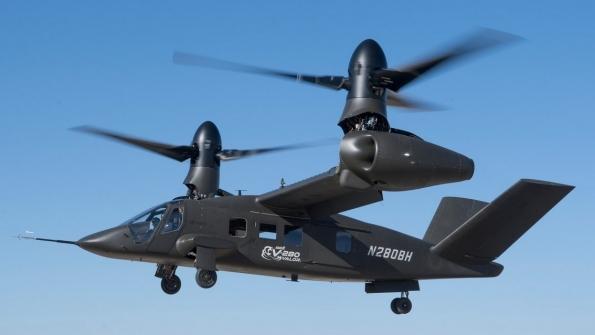
V-280
Credit: Bell
NASHVILLE, Tennessee—The U.S. Army’s choice for its Future Long Range Assault Aircraft (FLRAA) prevailed not just because of the speed and range, but also its increased maneuverability when dropping off soldiers and cargo, the service’s top officer says. The Army in December announced Bell’s V-280...
Subscription Required
This content requires a subscription to one of the Aviation Week Intelligence Network (AWIN) bundles.
Schedule a demo today to find out how you can access this content and similar content related to your area of the global aviation industry.
Already an AWIN subscriber? Login
Did you know? Aviation Week has won top honors multiple times in the Jesse H. Neal National Business Journalism Awards, the business-to-business media equivalent of the Pulitzer Prizes.





